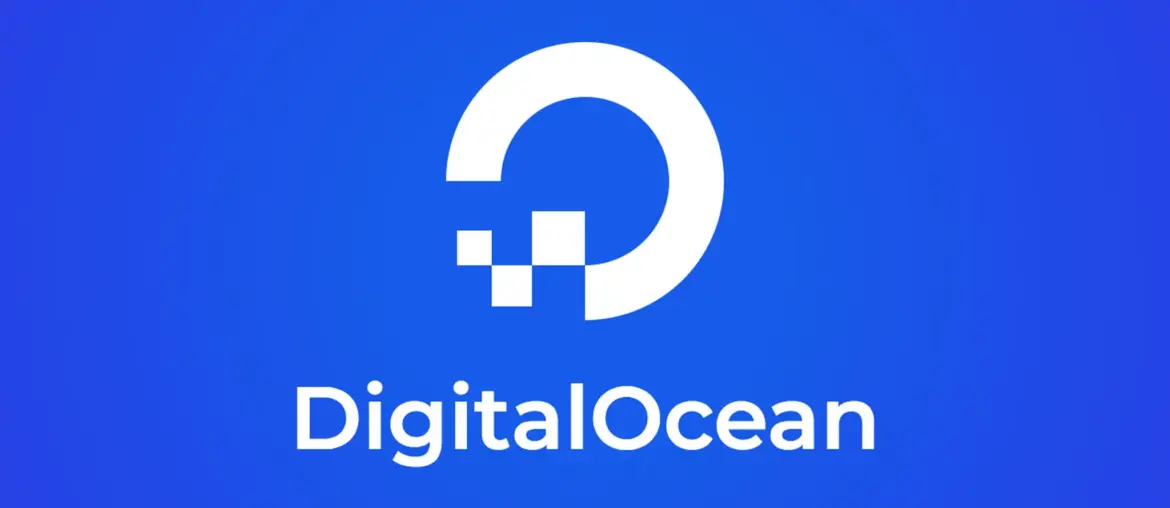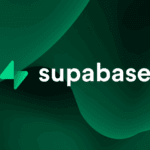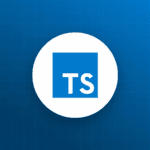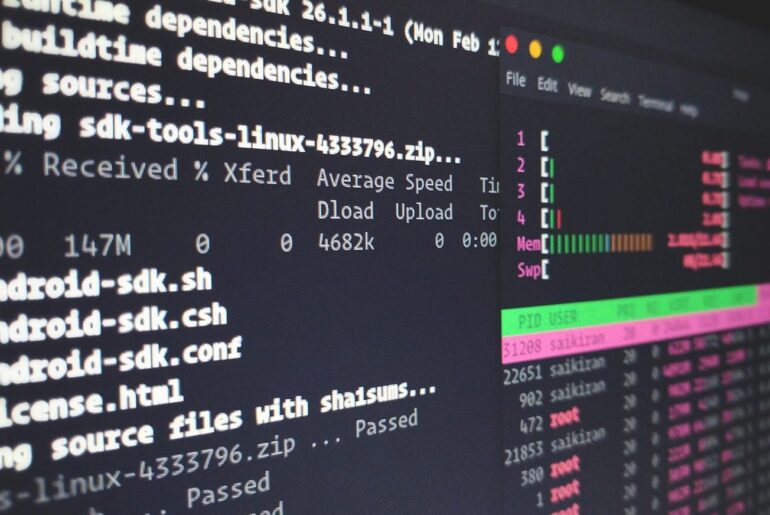First off, at its core, a DigitalOcean Droplet is a Linux-based virtual machine, or VM for short. Think of it as your own scalable server running in the cloud, powered by virtualized hardware that DigitalOcean manages behind the scenes. It’s not some fancy, overcomplicated setup—it’s essentially a virtual private server (VPS) that you can spin up quickly to host websites, run applications, or build out infrastructure. Unlike a physical server you’d buy and maintain yourself, a Droplet lives on shared hardware but acts like it’s all yours, isolated and ready to configure however you need.
To give you a quick illustration, imagine you’re setting up a simple blog. Instead of renting a whole physical machine from a data center, you create a Droplet, install your web server software like Apache or Nginx, and boom—your site’s live. It’s that flexible.
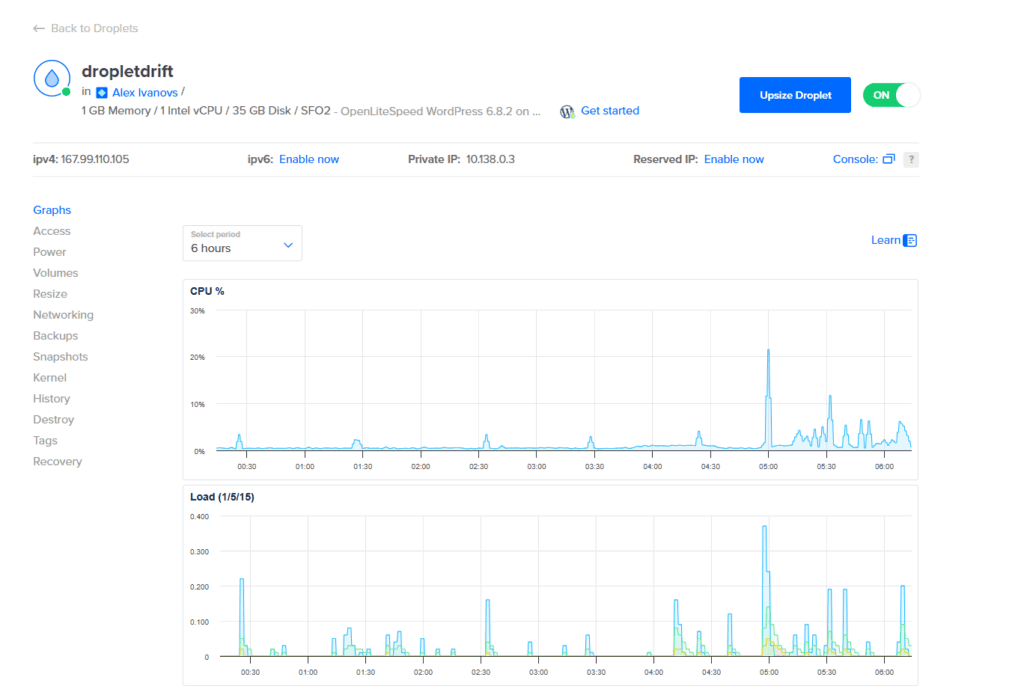
Now, how does a Droplet actually work? It starts with DigitalOcean’s infrastructure, which pools physical servers into a cloud environment. When you create a Droplet, you’re allocating a slice of that—CPU, memory, storage, and bandwidth—from their virtualized setup. You pick a Linux distribution (like Ubuntu, Debian, or CentOS) as the base OS, and DigitalOcean handles the provisioning. Boot times are snappy, often under a minute, so you can get to work fast. From there, you connect via SSH, install software, and manage it like any Linux server. It’s all API-driven too, meaning you can automate creation and scaling with scripts if you’re into DevOps.
Speaking of scaling, that’s one of the key features that makes Droplets stand out. They’re designed to grow with you—start small for testing, then resize or add more as traffic picks up. Other standout bits include built-in monitoring for CPU, bandwidth, and disk usage, so you can keep an eye on performance without extra tools. Security-wise, you get firewalls, private networking, and options for backups or snapshots to protect your data. And since they’re in various global regions (think data centers in places like New York, London, or Bangalore), you can deploy close to your users for lower latency.
Let’s break down the types of Droplets, because not all are created equal. DigitalOcean offers plans optimized for different needs:
- Basic or Standard Droplets: These are your everyday workhorses, balanced for general tasks like web hosting or small apps. They share CPU resources but keep costs down.
- General Purpose: A step up, with more balanced CPU and memory for workloads that need consistent performance.
- CPU-Optimized: Geared for heavy processing, like data analysis or rendering, with dedicated CPU cores.
- Memory-Optimized: Perfect for databases or caching, where RAM is king.
For example, if you’re running a Node.js app with a MongoDB backend, a Memory-Optimized Droplet might prevent bottlenecks during high-traffic spikes.
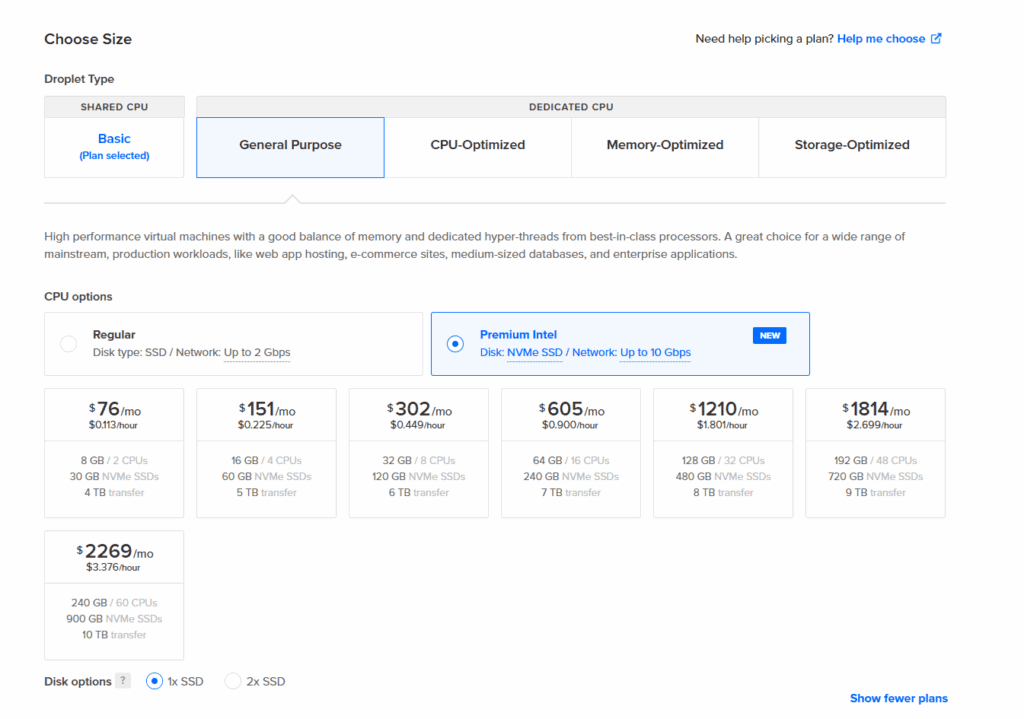
As for use cases, Droplets shine in scenarios where you want control without the hassle of managing hardware. Common ones include:
- Web Hosting: Deploy a LAMP stack (Linux, Apache, MySQL, PHP) on a Basic Droplet for a personal site or e-commerce store. I’ve seen folks start with something simple like WordPress and scale to handle thousands of visitors.
- Development and Testing: Spin up temporary Droplets for experimenting with code or staging environments. Once done, just destroy them—no long-term commitment.
- API Backends or Microservices: Use them in clusters for apps that need to handle requests efficiently, maybe integrated with DigitalOcean’s other tools like managed databases.
- Data Processing: For tasks like running scripts on large datasets, a CPU-Optimized one keeps things humming.
Remember that blog example from earlier? That’s a classic use case—affordable, quick to set up, and easy to maintain.
To explain the creation process visually, here’s a simple flowchart that captures the steps without tying into any temporary UI changes:

Wrapping this up, Droplets are all about simplicity and power in the cloud. They’re not the only game in town—compare them to AWS EC2 or Google Compute Engine if you want—but their focus on developers keeps things approachable. If you’re just starting, experiment with a small one; the concepts we’ve covered here will guide you no matter how the platform evolves. Got questions on specifics, like integrating with other services? Let me know, and we can discuss it in the comments!


